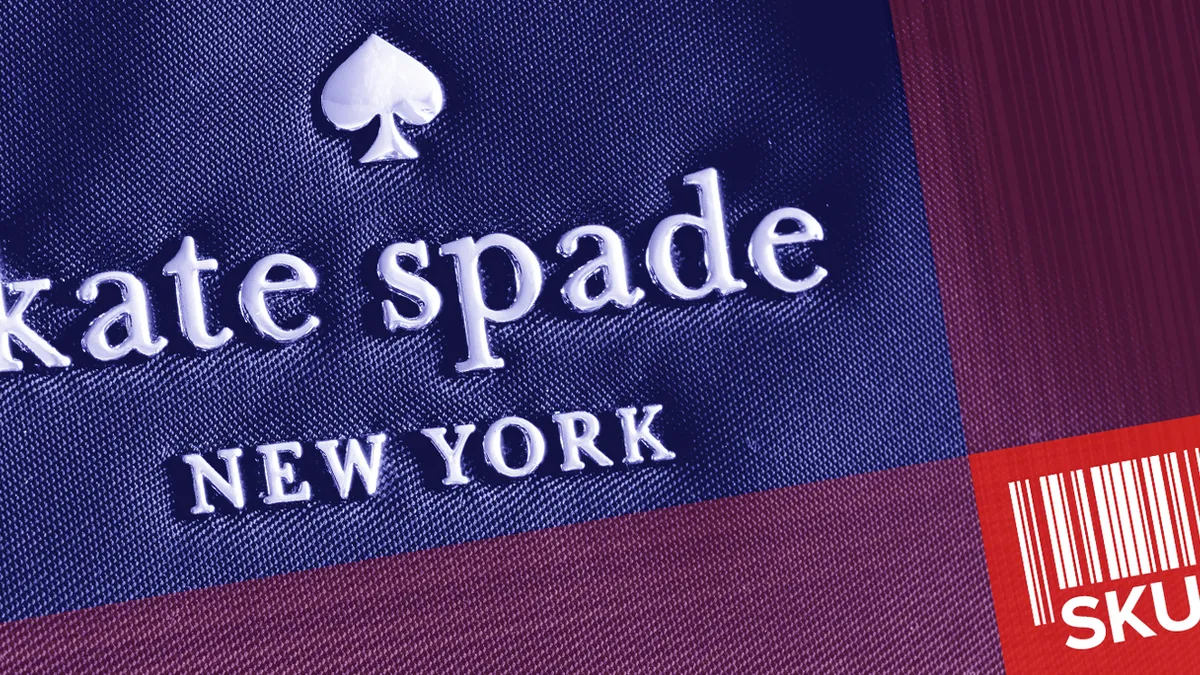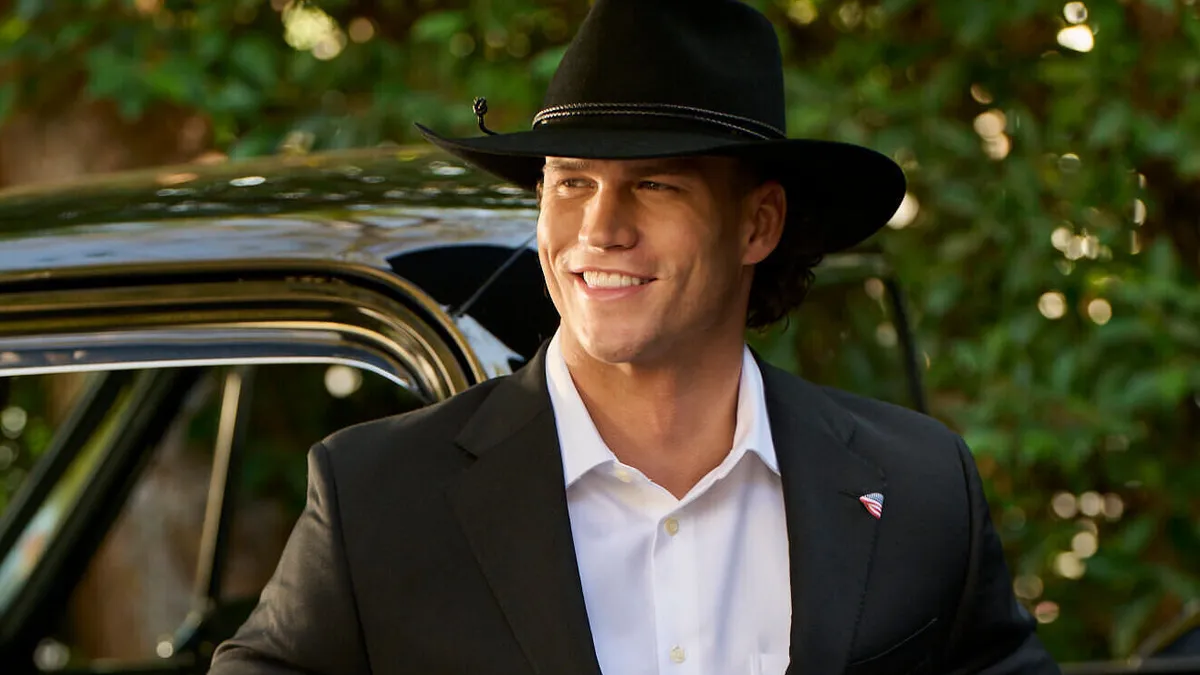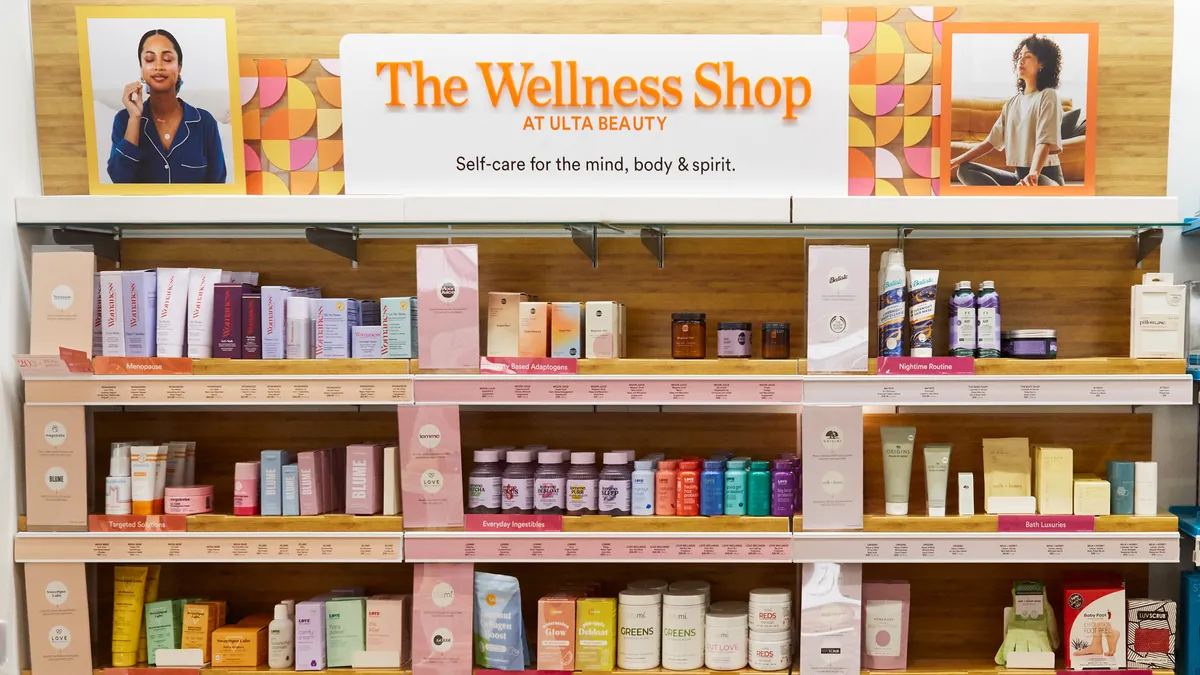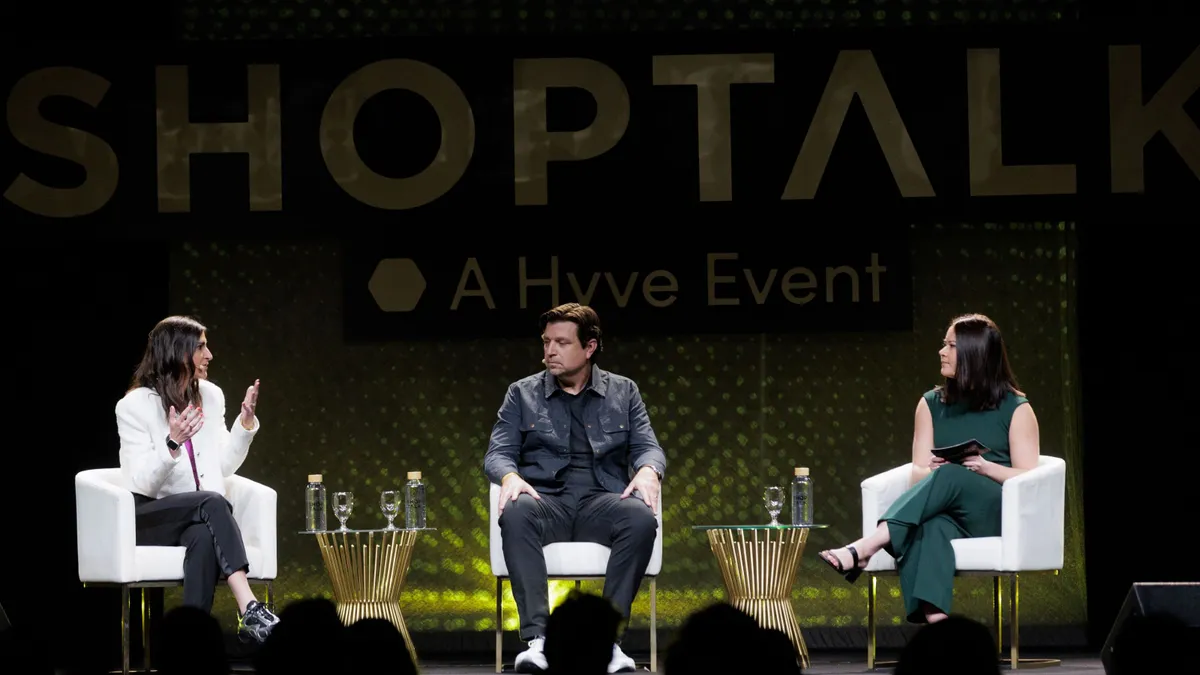Kaarin Vembar is obsessed with the luxury and apparel markets. She also has a sassy mouth so her managing editor decided to give her a column in an attempt to harness insight for readers. Kaarin can be reached at [email protected].
Kate Spade is in trouble. Not only is the company grappling with lower sales, it is seemingly adrift and losing touch with what made it a darling fashion company from the 1990s through the mid-2000s.
It once was the place where women could purchase items that would work in an office setting but still hold true to some sense of individuality and fun. Now, though, the brand is suffering from a lack of vision and getting lost in the shuffle of a competitive apparel and accessories marketplace. By wandering around in the middle and attempting to appeal to everyone, it has somehow landed in the role of doing J. Crew worse than J. Crew does J. Crew.
The first inkling I had that something was amiss at Kate Spade was in August 2018 when I noticed they were offering a bundling deal. Much like a fast food combo, a shopper could purchase a bag and it would come with a wallet at a reduced price. Like it was fries.
It may not have been the first time the retailer offered a bundling option, and many brands have run promotions before and since. But there was a tilting of the head and speculation of, "what is going on with this company?" Even as the deal favored the consumer something felt peculiar about the sale. Why would Kate Spade shortchange its brand?
In August, Kate Spade's parent company Tapestry reported earnings. The company revealed a 6% decline in comparable store sales for the brand in the fourth-quarter. It was a much different story than was anticipated — analysts expected a 1.4% gain.
The earnings reveal stung but was not surprising. Tapestry paid $2.4 billion for the brand in 2017 and its performance since has been lackluster at best.
Last week, Tapestry CEO Victor Luis was suddenly out, replaced by Board Chairman Jide Zeitlin. I wondered if the C-suite switch was directly tied to Kate Spade. My answer came in the form of a Vogue Business article that reported Luis was kicked out after poor performance at both the Spade and Stuart Weitzman brands. (I mean is there anything better than a leaked internal business memo? Inject that content directly into my veins.) A source told Vogue Business that there "was an internal sense that the group lacked a compelling strategic vision."
No kidding.
Where did the brand go awry? I went over product pages trying to understand why I can't relate to this brand anymore. Nothing is offensive. I mean things are ... pretty. Kind of. And practical. And OH MY GOODNESS THEY ARE J. CREW.
And not just any J. Crew. Early to mid-2000s J. Crew. Pre-Jenna Lyons as president J. Crew. Before the company reported a loss of over $607 million in only one year.
There was a time when J. Crew was putting out great workwear in fab fabrics that resulted in elevated basics. And they worked. It was a great time in the company history because theirs was a preppy, cool brand story.
But, Kate Spade's brand narrative wasn't one of aloof minimalism. It was one of warmth, and personality, and color and whimsy. GIVE US FREAKING WHIMSY.
What works at one brand comes off as limp and uninspired at another. Especially if there is an ingrained brand story that deeply resonates with women who want to be able to have items that are special and lovely.
This season of products warrants a mini comparison to understand the larger problem at Spade.
It would be easy to say that all of these items are trend-based, therefore the two companies are likely to have similar products this season.
Perhaps.
But, the reason why Kate Spade worked for so long is that it was marching to its own glitter-wearing drummer. The retailer dipped into trends, of course, but it had its own voice and point of view.
Apparel as a sector is in a time of great flux. A recent CNBC report noted that the segment was down 24% in the first quarter — showing the worst numbers since the first quarter of 2008 when it fell 40%. Specialty retail is floundering, with J. Crew in debt to the tune of $1.7 billion dollars as the corporation considers an IPO for its Madewell brand in an apparent attempt to prop up at least part of the company. While Kate Spade drifts closer to a former J. Crew aesthetic as that company, too, desperately tries to keep its head above water, how will it differentiate itself?
Spade is neither luxury enough to be in-step with fashion house heavy hitters or inexpensive enough to mimic the strategies employed by fast fashion (which is also tanking). Instead, its inability to move in a bold direction is keeping it in a languid place. And who wants to spend money on uninspired fashion?






















